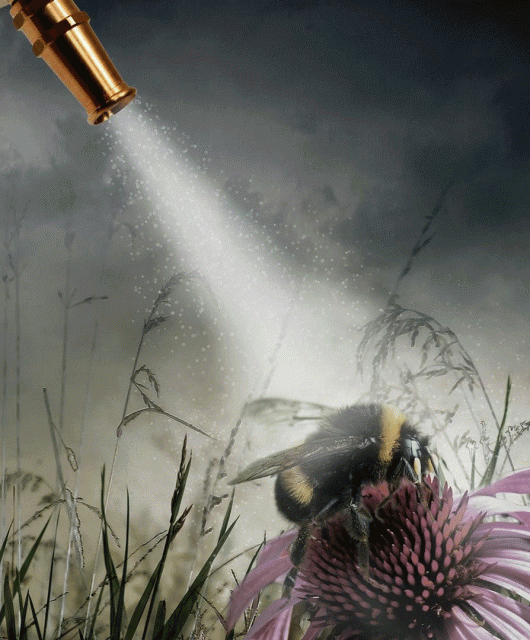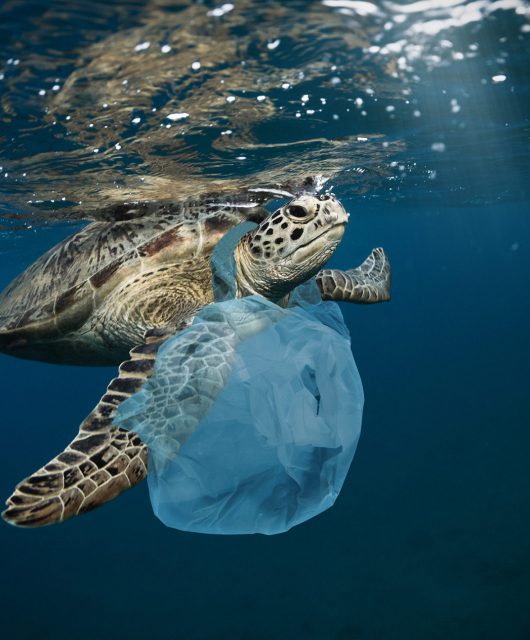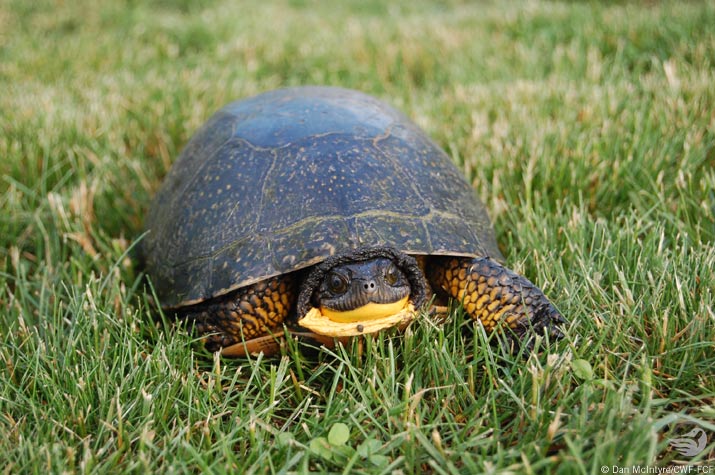Looking Through a New Lens at the Fishing Industry and Marine Wildlife
The issue of entanglement of our marine animals in fishing gear has been a hot topic for a few years now.
Fishing gear used in non-tended, fixed-gear lobster and Snow Crab fisheries in Atlantic Canada pose a significant threat to North Atlantic Right Whales migrating through the area to feed, largely between April and October. Since a mortality crisis in 2017 where 17 North Atlantic Right Whales were found deceased — 12 of which were in the Gulf of St. Lawrence — the Government of Canada has implemented management measures throughout Atlantic Canada to conserve the species. One of these measures is fishery closures when a Right Whale is detected in an area, whereby that area is closed to all fishing activities that pose an entanglement risk.
To alleviate entanglement threats to North Atlantic Right Whales and reduce economic losses to the fishing industry, the Canadian Wildlife Federation marine team works closely with fish harvesters, government and manufacturers to trial various on-demand fishing systems at sea.
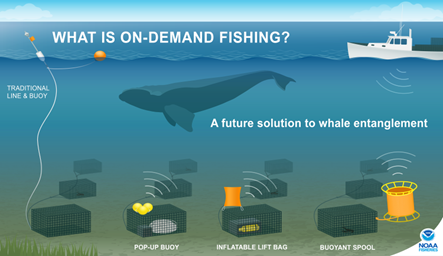
On-demand fishing systems remove the persistent vertical buoyline in the water column and replaces it with a lift bag or stows the line in a cage connected to traps on the seafloor. Fish harvesters can then use acoustic technology from their vessel to call for and raise their traps when they are ready to haul their catch. These systems are a beneficial tool when there is a North Atlantic Right Whales present in a fishery and a closure occurs, as they pose minimal entanglement risk to whales in the area and allow harvesters to continue to fish.
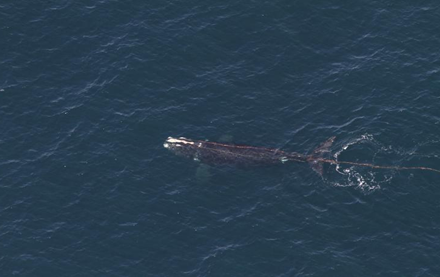
To support fish harvesters impacted by closures, the CanFISH Gear Lending Program was created in 2022 with the purpose of purchasing and lending on-demand systems from a gear library, free of charge. A team of skilled technologists deliver the gear directly to the wharf, conduct at-sea training, and leave the gear with the harvester for the remainder of their season. The program acts as a gateway to whale-safe gear for those who may be required to use it, while also allowing for data collection on their use and suitability in commercial fisheries. To date, the CanFISH program has supported 14 fish harvesters affected by closures throughout Nova Scotia and PEI, successfully removing 537 buoylines from the water column and allowing for 343,850 pounds of Snow Crab to be commercially caught using on-demand gear. Check out an interview below with one of the first fish harvesters to use the gear lending program in PEI, paving the way for whales and humans to co-exist in a small fishing community.
Interview with Alden Gaudet
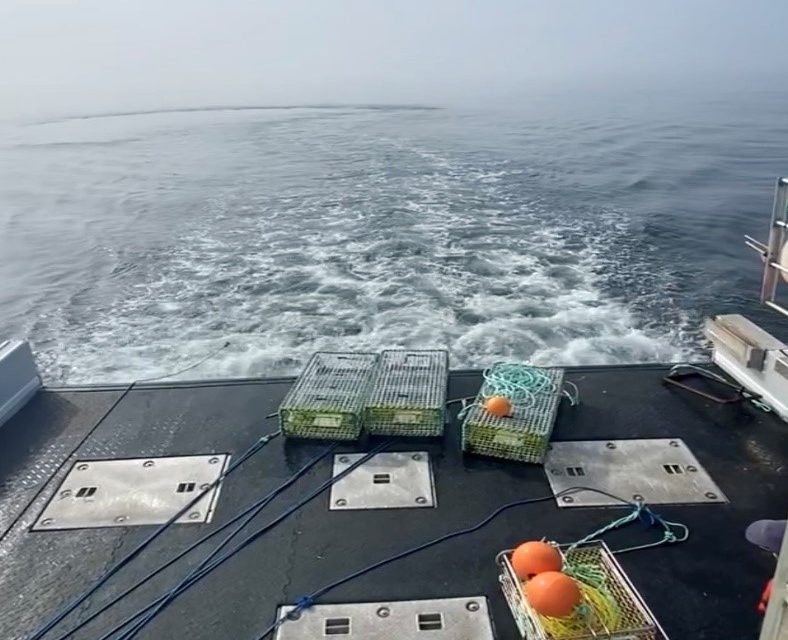
CWF: Tell me about yourself, and when did you first start using on-demand gear?
AG: I’ve been commercially fishing for Snow Crab out of Tignish, PEI since 2011 and lobster since 1995. We first started having troubles with Right Whales in 2017 during the mortality crisis when my fishing area experienced a closure. In 2022, the area was closed again and that’s when I reached out to the CanFISH Gear Lending program for on-demand gear.
CWF: What were your first impressions of on-demand gear and how did it change your regular fishing practices?
At first, I was quite hesitant about on-demand technology and having to change my normal fishing practices. It took a little while to learn the techniques and the first couple of fishing trips didn’t yield very high catch rates. Once we got into the groove and found our stride, we started to improve our catch and realized that we had a huge advantage being able to fish in a closed area.
CWF: Do you think on-demand gear is an effective tool for harvesters to use in closures due to the presence of North Atlantic Right Whales?
AG: I think on-demand gear, when used correctly, is essential in closed fishing areas when Right Whales are present. Harvesters can work together to make the best out of a frustrating situation and adapt to the new technology that exists to make their lives easier. Before the CanFISH Gear Lending Program was created, there were very limited options for harvesters to keep fishing in a closure and maintain their livelihoods.
CWF: What are the general feelings of harvesters towards on-demand gear? Have you noticed a shift in perceptions and acceptance regarding its use?
AG: When I first used on-demand gear to continue fishing in the closure in 2022, the general attitude at the wharf was skepticism and distrust. The saying “old habits die hard” can be at the forefront of the fishing industry, and change can be difficult for many people. However, until the time comes that a closure affects you and your livelihood is at risk, there will be resistance. I did find that after getting more comfortable with on-demand and bringing in catch to the wharf, people started rethinking its purpose and seeing it as a way to overcome the barriers we experience.
CWF: What would you consider to be the biggest challenge of using on-demand gear, and the biggest reward?
AG: The biggest challenge in using on-demand gear is knowing where your trawl is on the seafloor in the absence of a surface buoy, and not overlaying your traps on top of another harvester. The biggest reward would be continuing to fish, knowing that there is support for harvesters during a difficult time, and doing my part to help prevent entanglements.
In addition, the CWF marine team has been running an extensive on-demand gear trial program since 2019, trialing over nine systems with 16 fish harvester partners and completing more than 1000 deployments across three provinces. Recently, the team has been testing various gear location marking systems to accurately mark gear on the seafloor. Data collected from these ongoing trials directly supports the gear lending program by providing harvesters with the most suitable gear for their fishery conditions. The takeaway is a win/win situation: no loss in livelihood to the fish harvester and a reduced risk of entanglement to endangered whales.

